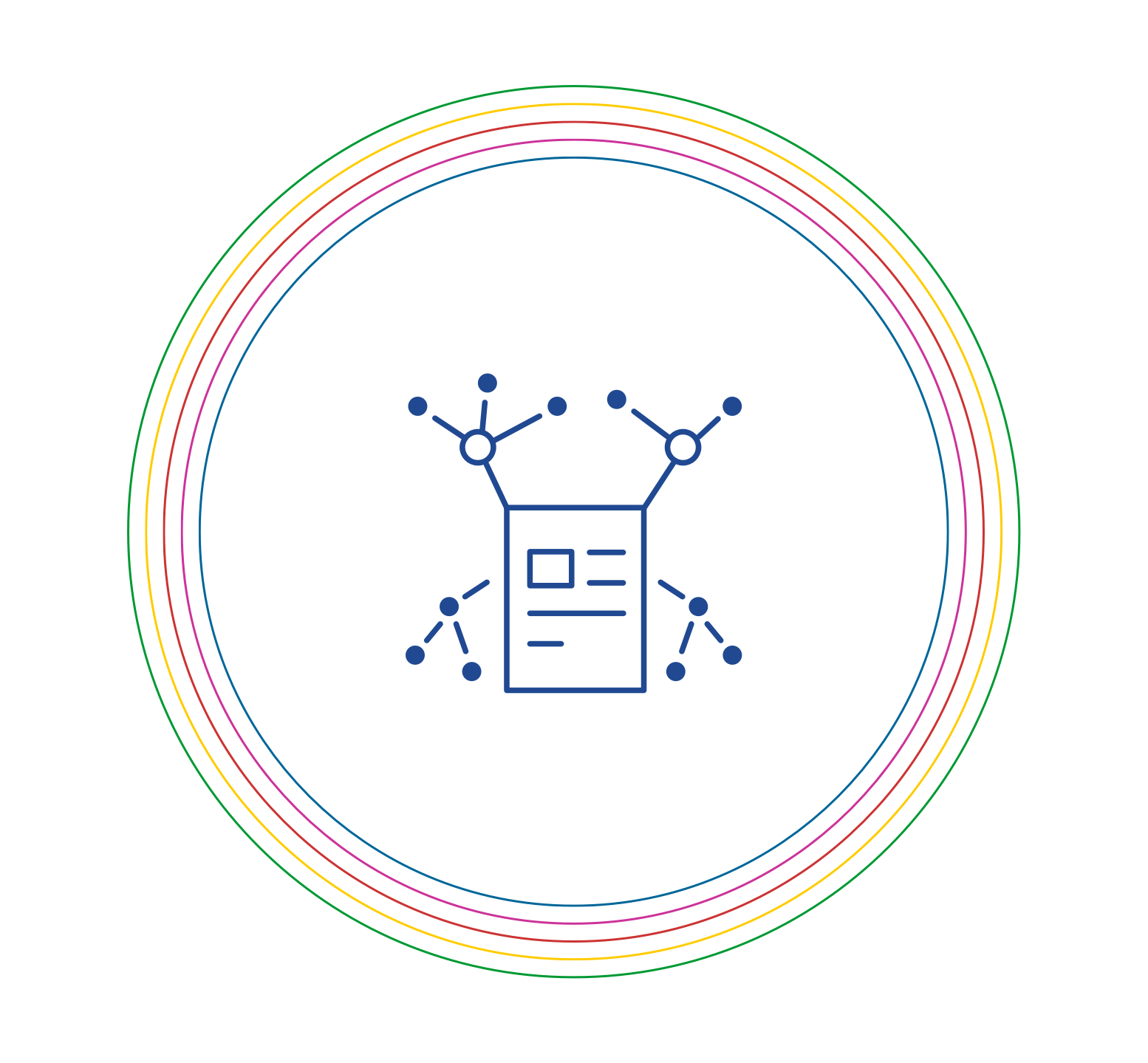TAUS Training Data Guide
Everything conceptual and practical that you need to know about training data for AI and ML.
What is training data?
Training data, also referred to as a training set or learning set, is an input dataset used to train a machine learning model. These models use training data to learn and refine rules to make predictions on unseen data points. The volume of training data feeding into a model is often large, enabling algorithms to predict more accurate labels. Oftentimes, a training set consists of about 70-80% of your entire dataset. The structure of a training set consists of rows and columns, where one row is one observation, and one column is one feature. Read more...
Why does training data for AI and ML matter?
Training data is perhaps one of the most integral pieces of machine learning and artificial intelligence. Without it, machine learning and artificial intelligence would be impossible. Models would not be able to learn, make predictions, or extract useful information without learning from training data. It’s safe to say that training data is the backbone of machine learning and artificial intelligence. Read more...


What are the types of training data?
Training data is used in three primary types of machine learning: supervised, unsupervised, and semi-supervised learning. In supervised learning, the training data must be labeled. In unsupervised learning, labels are not required in the training set. A semi-supervised training dataset will have a mix of both unlabeled and labeled features, used in semi-supervised learning problems. Each category applies to text, audio and image data.

How much training data do I need?
The amount of training data you need depends on many variables - the model you use, the task you perform, the performance you wish to achieve, the number of features available, the noise in the data, the complexity of the model, and more. While there is no set answer to how much training data you will need for your given machine learning application, we do have some key guidelines.

How to improve the quality of my training data?
High-quality data can be defined as any qualitative or quantitative data which is captured, stored, and used for its intended purposes. “Quality” data pertains to the data being accurate, complete, clean, consistent, and valid for its intended use case. There are a few key ways one could improve the overall quality of data. This includes refining and outlining data integrity, ensuring proper data sourcing, data cleaning techniques, and data storage methods. Read more...
Why do data cleaning and anonymization matter?
Data cleaning is an essential step in machine learning and takes place before the model training step. It is important because your machine learning model will produce results only as good as the data you feed it. Data anonymization is another imperative step in machine learning and entails the process of removing sensitive or personally identifiable information from datasets. For many organizations, data privacy laws make this a vital step. Read more...
How to define pricing for data?
As data is being recognized more and more as an asset and a commodity, online marketplaces facilitating the exchange of this new type of goods are growing in number and popularity. Let's look at the market for language data and how one can define the value of their dataset in order to set its price. Read more...

Training data sourcing methods
Training data can be sourced from many different places, depending on your machine learning application. Data can be found just about anywhere - from free publicly available datasets to privately-held data available for purchase, to crowdsourced data. Synthetic datasets and web scraping are one common option to use. Crowd-sourced data is another option to source training data, depending on the given application. TAUS HLP Platform is an example that provides crowd-sourced data solutions. Or, marketplaces such as the TAUS Data Marketplace, where hundreds of datasets in numerous world languages are present can be an alternative. Read more...
When to community source data?
From gathering data internally, using public sources or professional translators to translate it, companies can now acquire off-the-shelf datasets, leverage data marketplaces, or use third-party platforms to community-source the data.Let's look at the important aspects of community-sourcing training data for ML and share the ideal use cases for this data acquisition model. Read more...
What is data annotation?
Data annotation or labeling is a key factor in artificial intelligence which enables a machine learning model to learn and output accurate predictions. Data labeling is the process of assigning a group of raw data a label and it is an important aspect in the data pre-processing stage of any machine learning problem and occurs during. Annotated data can be defined as a group of data points that are assigned a target data point, or label. Read more...
How does image annotation work?
Any technology processing image data is likely implementing image annotation. Image annotation is similar to data labeling but in the context of visual data such as video or images. Annotating images is the act of labeling objects within an image. This step is crucial for any machine learning supervised model training on image data for tasks such as image segmentation, image classification, and object detection. Read more...
What is data cleaning?
Data cleaning has always been an important step in the MT workflow and it is arguably more important now than it’s ever been. Dirty or noisy data can refer to a variety of phenomena in NLP. To give you an idea of the challenges posed to MT systems operating on unclean text, here is a list of types of noise and, more generally, input variations that deviate from standard MT training data and techniques of how to remove them. Read more...

Where to get training data & cleaning, annotation, anonymization services?
TAUS is the one-stop language data shop, established through deep knowledge of the language industry, globally sourced community talent and in-house NLP expertise. We create and enhance language data for the training of better, human-informed AI services.



